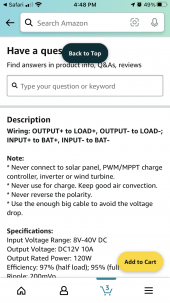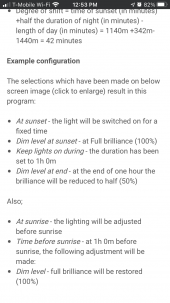Sundog33
Sun Bather
I’m not saying I’m for all-in-ones.
your missing my point!
I’m saying there is little competition in DIY chargers. That’s why Snoober paid $900 bucks for a Victron. That’s just insane highway robbery. Lol
I really had a hard time finding a new charger that had across the board good reviews. Even Victron amazon reviews are mixed. And in the end there is nothing that blew my socks off with this plastic case unit and wimpy connection ports, compared to my old charger.
sorry, but I can dream can’t I ? If your happy paying 900 bucks, god bless you.
your missing my point!
I’m saying there is little competition in DIY chargers. That’s why Snoober paid $900 bucks for a Victron. That’s just insane highway robbery. Lol
I really had a hard time finding a new charger that had across the board good reviews. Even Victron amazon reviews are mixed. And in the end there is nothing that blew my socks off with this plastic case unit and wimpy connection ports, compared to my old charger.
sorry, but I can dream can’t I ? If your happy paying 900 bucks, god bless you.






